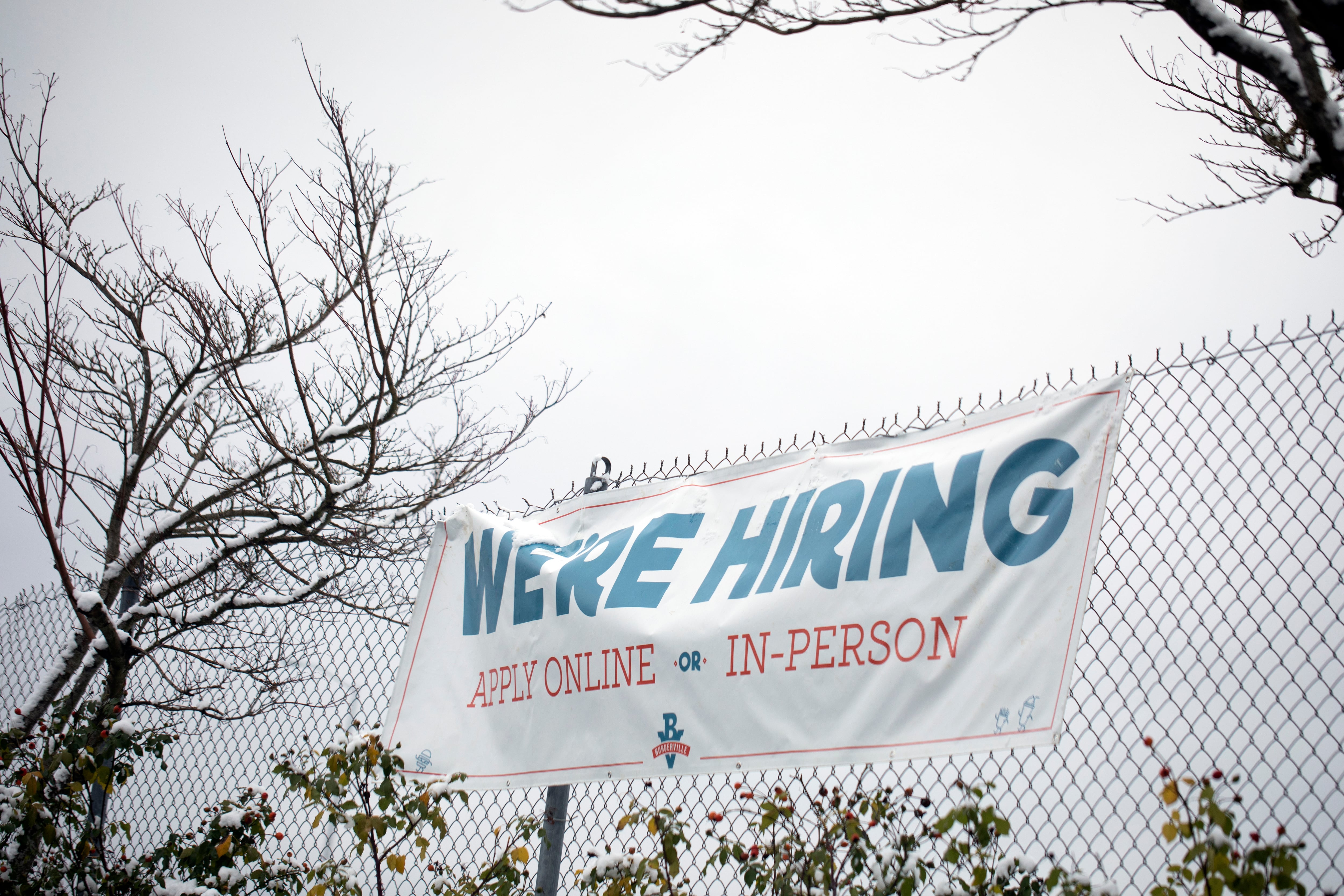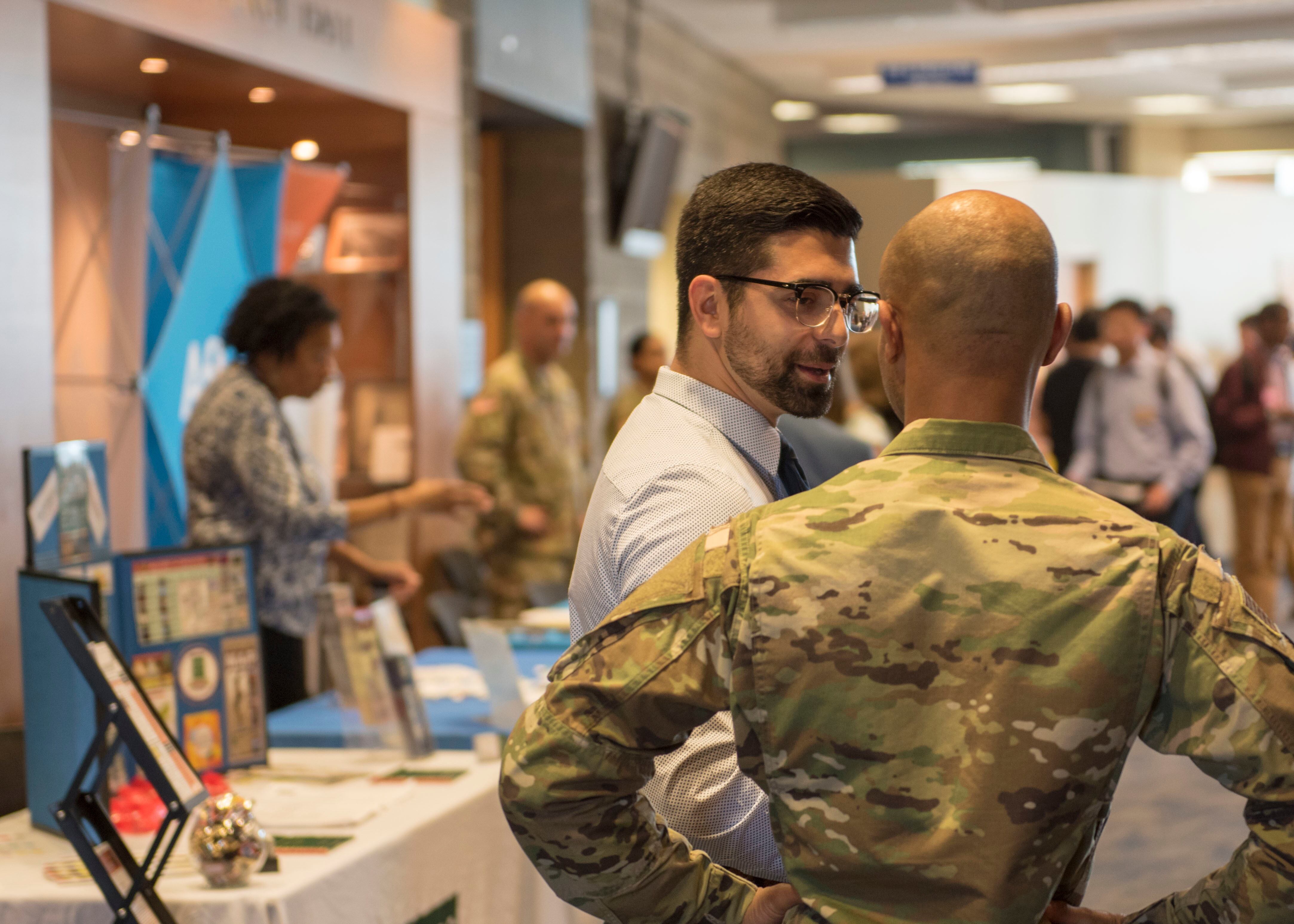Only a few dozen veterans have landed jobs through the Department of Veterans Affairs’ nearly $400 million pandemic employment assistance program, despite significant backing from lawmakers and initial interest among eligible individuals.
The Veteran Rapid Retraining Assistance Program (VRRAP) was included by Congress in its coronavirus-related emergency measures last year. The department began accepting applicants in May, and was capped by law at no more than 17,250 participants.
However, eight months into the program, only about 3,400 veterans have taken part in the program, and only about 700 have graduated from the training, according to Ricardo Da Silva, program integration officer at VA’s Education Service.
Of that group, just 70 have found new jobs through the program.
RELATED

For comparison, VA’s Veteran Employment Through Technology Education Courses (VETTEC) launched in 2019 with a significantly smaller budget (about $100 million over three years) but has seen more success in getting veterans into in-demand careers.
Nearly 1,700 graduates have found new employment, earning an average salary of $60,000, Da Silva said. Roughly another 900 are less than six months out from finishing the program and are currently seeking work.
VETTEC was designed as a limited five-year pilot program, but multiple lawmakers have lobbied in recent months to expand the effort and make it a permanent fixture within VA.
Meanwhile, VA officials and members of Congress said they are confused by the lack of success with VRRAP, especially given the large number of veterans forced out of work in the early days of the pandemic.
“This committee worked closely with VA to develop [the program] and set the funding based off of anticipated veteran demand for the program,” said Rep. Mike Levin, D-Calif., chairman of the House Veterans’ Affairs Committee’s economic opportunity panel.
Instead, Levin noted, participation has been “lacking.”
Da Silva said about 5,000 eligible individuals who received initial approval to take part opted against completing the program. VA leaders are surveying them now to find out what the problems are and whether changes could make the program more appealing.
VRRAP is only open to veterans who have already exhausted other job-training benefits — such as the GI Bill — but still find themselves without stable employment because of coronavirus closures, layoffs or health complications.
Veterans who qualify can receive education benefits equal to the Post-9/11 GI Bill (including tuition costs and housing stipends) for up to 12 months, with the goal of learning a new skill or completing a certificate program in that time frame.
But Da Silva said eligibility limits may have played a factor in participation. Similarly, concerns from participating schools about the new program rules and payments may have encouraged administrators to prioritize other options for veterans above the VVRAP program.
RELATED

Only about $100 million of the program’s total funding has been committed to students. If the rest is not spent or assigned by the end of the year, the money will be returned to the U.S. Treasury.
Levin said he is hopeful changes can be made before then to reach and assist more veterans.
In December, the unemployment rate among U.S. veterans fell to 3.2 percent, its lowest level in more than two years, before the start of the ongoing coronavirus pandemic.
More information on the jobs programs is available on the VA website.
Leo covers Congress, Veterans Affairs and the White House for Military Times. He has covered Washington, D.C. since 2004, focusing on military personnel and veterans policies. His work has earned numerous honors, including a 2009 Polk award, a 2010 National Headliner Award, the IAVA Leadership in Journalism award and the VFW News Media award.





